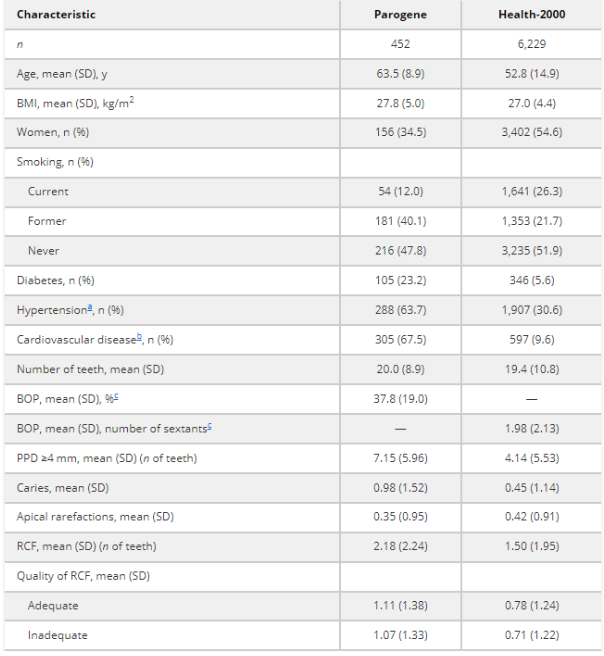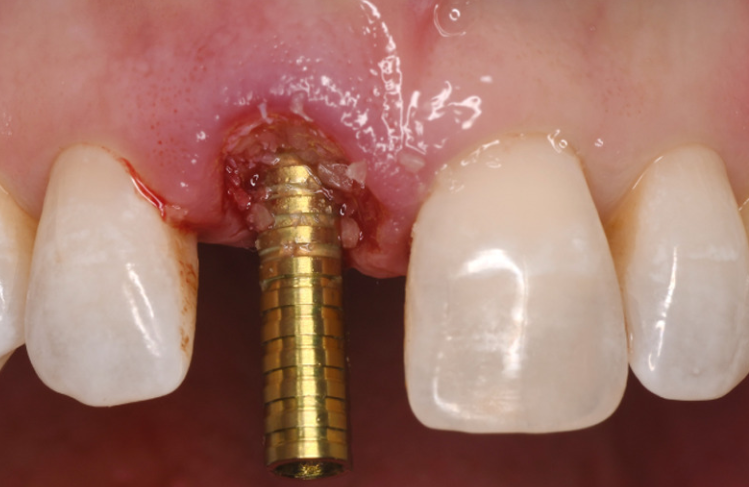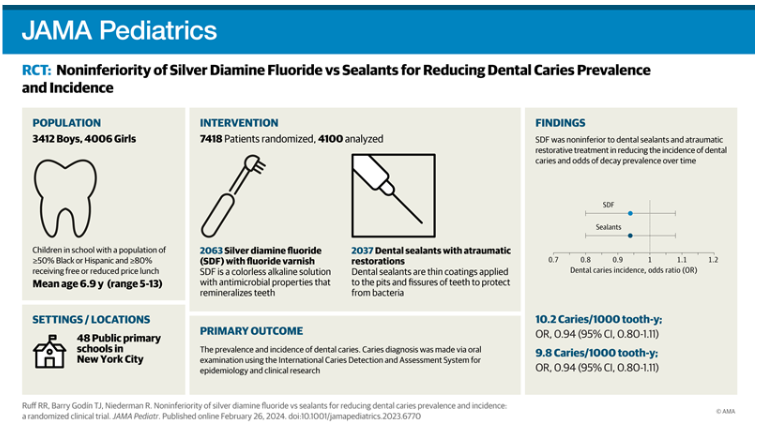Unveiling the Link Between Oral Health and Cardiometabolic Risks
Unveiling the Link Between Oral Health and Cardiometabolic Risks
In a groundbreaking study conducted by an international team of researchers from the University of Eastern Finland, University of Helsinki, Karolinska Institutet, and Medical University of Graz, a compelling connection has been established between common oral infections, periodontal diseases, and caries with inflammatory metabolic profiles. The research, published in the Journal of Dental Research, sheds light on an underexplored aspect of oral health, revealing its profound implications for cardiometabolic diseases. To gain further insights into this vital topic, you might find this article on the importance of oral hygiene for health and wellness particularly enlightening.
Novel Insights from Finnish Health 2000/2011 and Parogene Studies
The study delved into data from the Finnish Health 2000/2011 and Parogene study cohorts, comprising 452 middle-aged and elderly Parogene patients and 6,229 participants from the Health-2000 survey. Notably, this research breaks new ground, as it is among the first to connect extensive metabolic measures with oral infections in a prospective manner.

Associations of 157 metabolic measures with oral health parameters were analyzed with linear regression models. The associations between oral parameters and metabolite concentrations from the meta-analyses are illustrated in Figure 1. Overall, we found 13 significant associations between oral parameters and metabolic measures in Parogene, while the number of significant associations was 168 in Health-2000. In the meta-analyses, the number of teeth with PPD ≥4 mm displayed the highest number of significant associations (93) followed by PPD ≥4 mm combined with BOP (88), PIBI (77), the number of teeth with RCF (47), inadequate RCF (27), and the number of decayed teeth (8). ABL was associated with concentrations of 2 metabolites, and apical rarefactions were associated with the concentration of 1 metabolite.

Figure 1. Strengths of associations between oral parameters and metabolite measures. From Parogene and Health-2000 cohorts, concentrations of 157 metabolites were determined by a nuclear magnetic resonance platform. Their associations with parameters from the oral examination were investigated by using linear regression analyses. The analyses were adjusted for age, gender, smoking, number of teeth, diabetes, and the level of education (Health-2000). The results from the 2 cohorts were combined in a meta-analysis, except for BOP, which could not be harmonized between the cohorts. The estimates are shown color coded and the statistically significant associations (P < 0.0028) are indicated with asterisks. Only metabolites that were associated significantly with at least 1 oral parameter are displayed. ABL, alveolar bone loss; APOA1, apolipoprotein A-I; APOB, apolipoprotein B; BOP, bleeding on probing; C, cholesterol; CE, cholesteryl ester; DHA, docosahexaenoic acid; FC, free cholesterol; GLYCA, glycoprotein acetyl; MUFA, monounsaturated fatty acid; PIBI, periodontal inflammatory burden index; PL, phospholipid; PPD, probing pocket depth; PUFA, polyunsaturated fatty acid; RCF, root canal filling; SAFA, saturated fatty acid; TG, triglyceride.
Oral Infections Predict Adverse Changes in Metabolic Profiles
The findings underscore the predictive nature of oral infections on future adverse changes in metabolic profiles. Parameters describing oral health status, including periodontal probing depth, bleeding on probing, and caries-related factors, were analyzed in conjunction with serum concentrations of 157 metabolites reflective of chronic disease risks.
Periodontitis and Inflammatory Metabolic Profile
The study highlighted a significant association between increased periodontal probing depth, bleeding on probing, and periodontal inflammation burden with various metabolic measures. Notably, the link between periodontitis and a prevalent inflammatory metabolic profile suggests a potential pathway through which poor oral health sustains systemic inflammation.
Caries and Future Adverse Metabolites
Equally intriguing are the associations found between caries-related parameters and metabolic measures. Root canal fillings, inadequate root canal fillings, and caries lesions exhibited links with specific metabolites, pointing towards potential implications for future adverse metabolic profiles.
Prospective Analyses: Predictive Power of Oral Infections
The prospective analyses further solidify the impact of oral infections on metabolic measures in follow-ups. Caries showed associations with 30 metabolites, while bleeding on probing was linked with 8 metabolites. These metabolites, indicative of inflammation, demonstrated positive associations with fatty acid saturation degree and very low density lipoprotein (VLDL) parameters, and negative associations with high-density lipoprotein (HDL) parameters.
Implications and Conclusion
Adjunct Professor Aino Salminen from the University of Helsinki notes, “Oral infections may partially explain unhealthy lipid profiles,” emphasizing the significance of considering oral health in the broader context of metabolic well-being. In agreement, Adjunct Professor Kåre Buhlin from Karolinska Institutet concludes, “Oral infections represent a significant risk factor for systemic health, modifiable through early prevention and treatment.”
In conclusion, this comprehensive exploration of the link between oral health and cardiometabolic risks provides valuable insights for both the medical and dental communities. Recognizing the modifiable nature of oral infections opens avenues for early interventions that could positively impact systemic health.
Sources
- ScienceDaily – A healthy mouth helps to maintain balanced metabolic profiles 16 November 2023
- Sage Journals – Systemic Metabolic Signatures of Oral Diseases 15 November 2023











